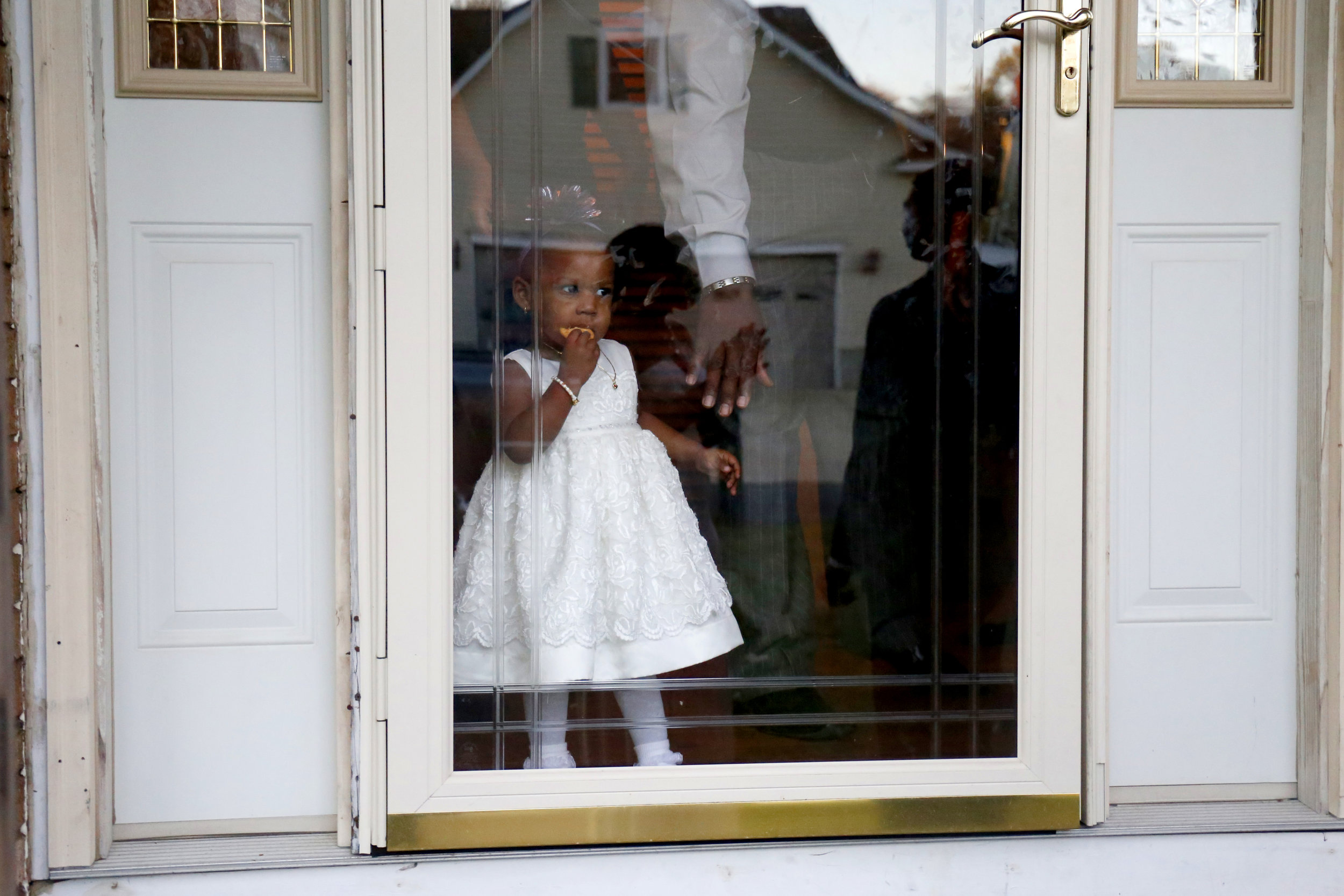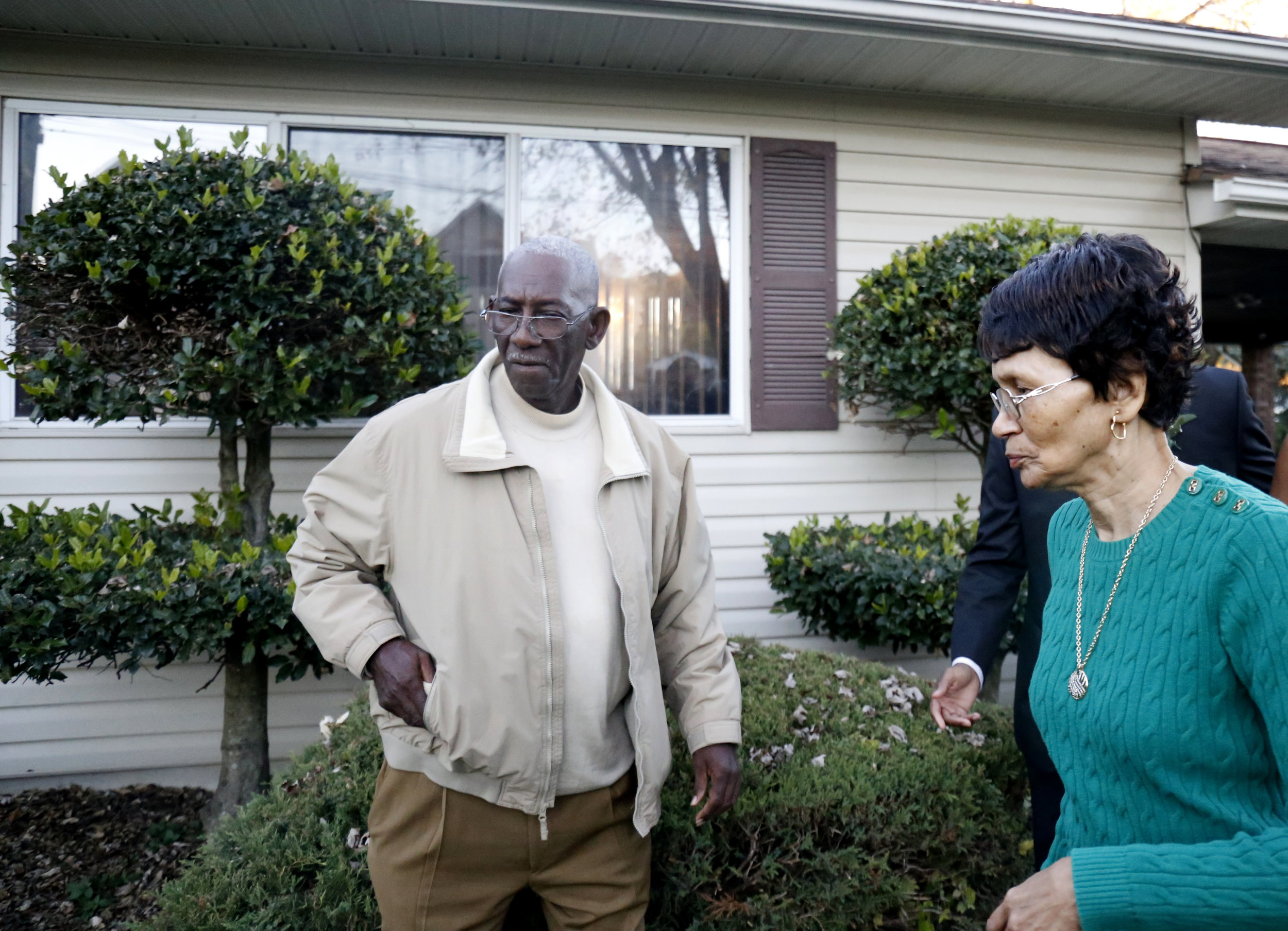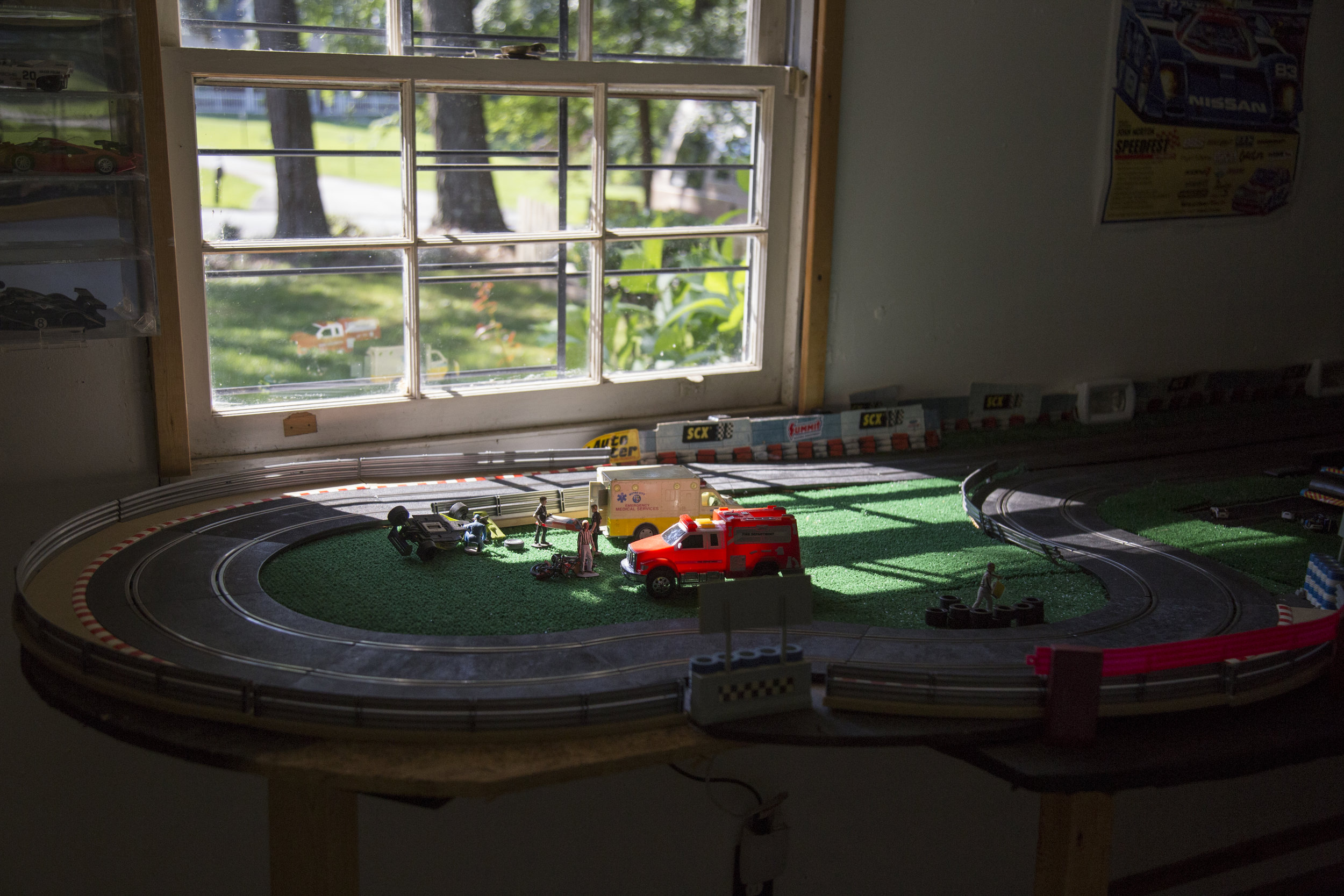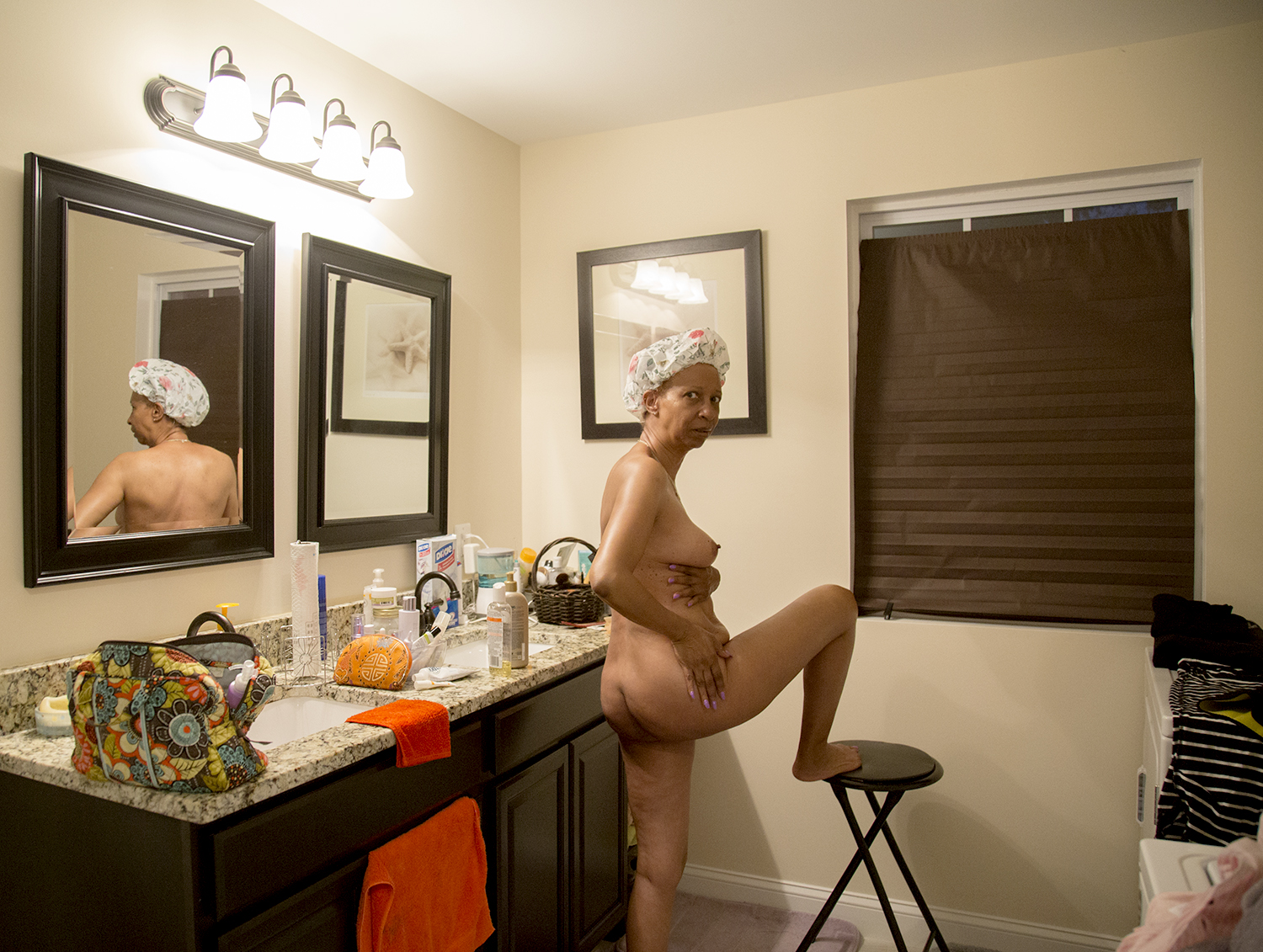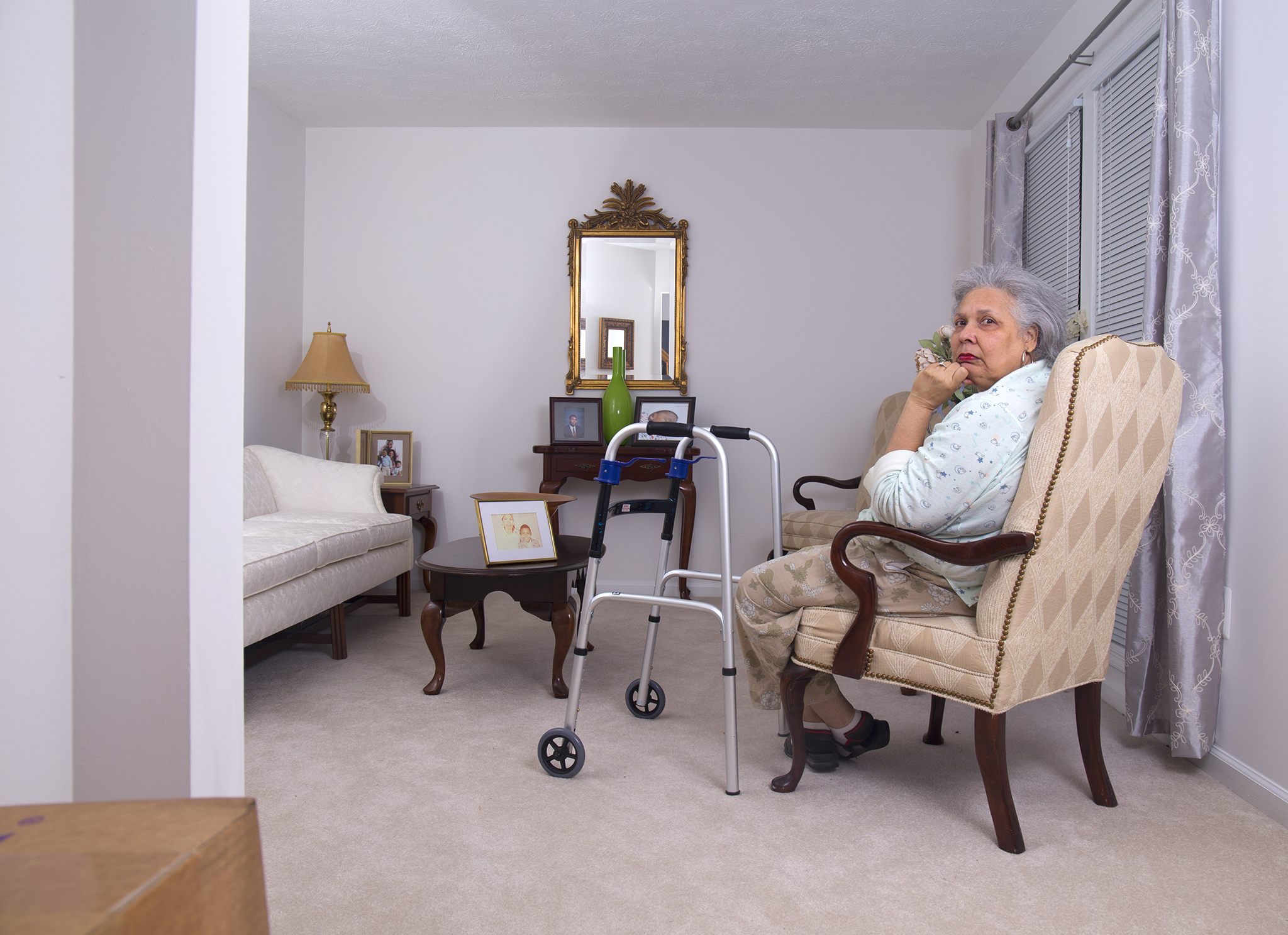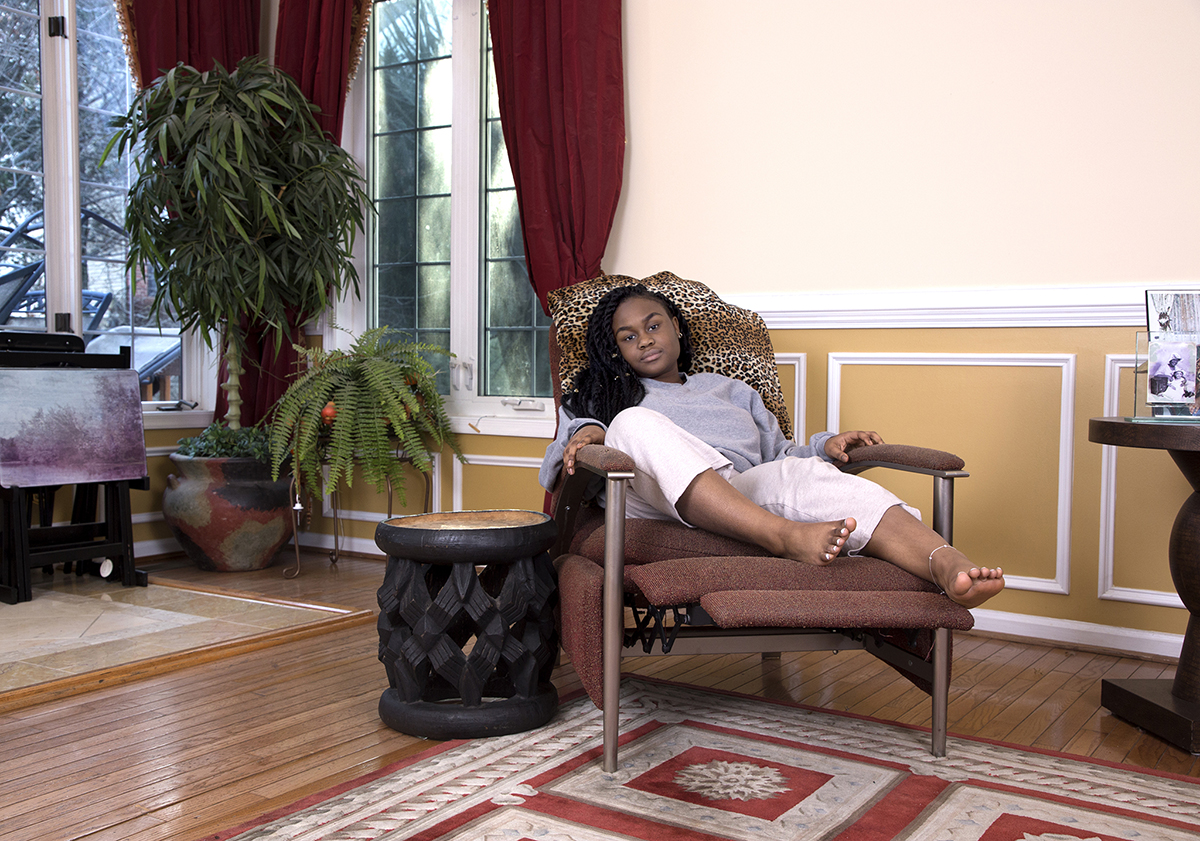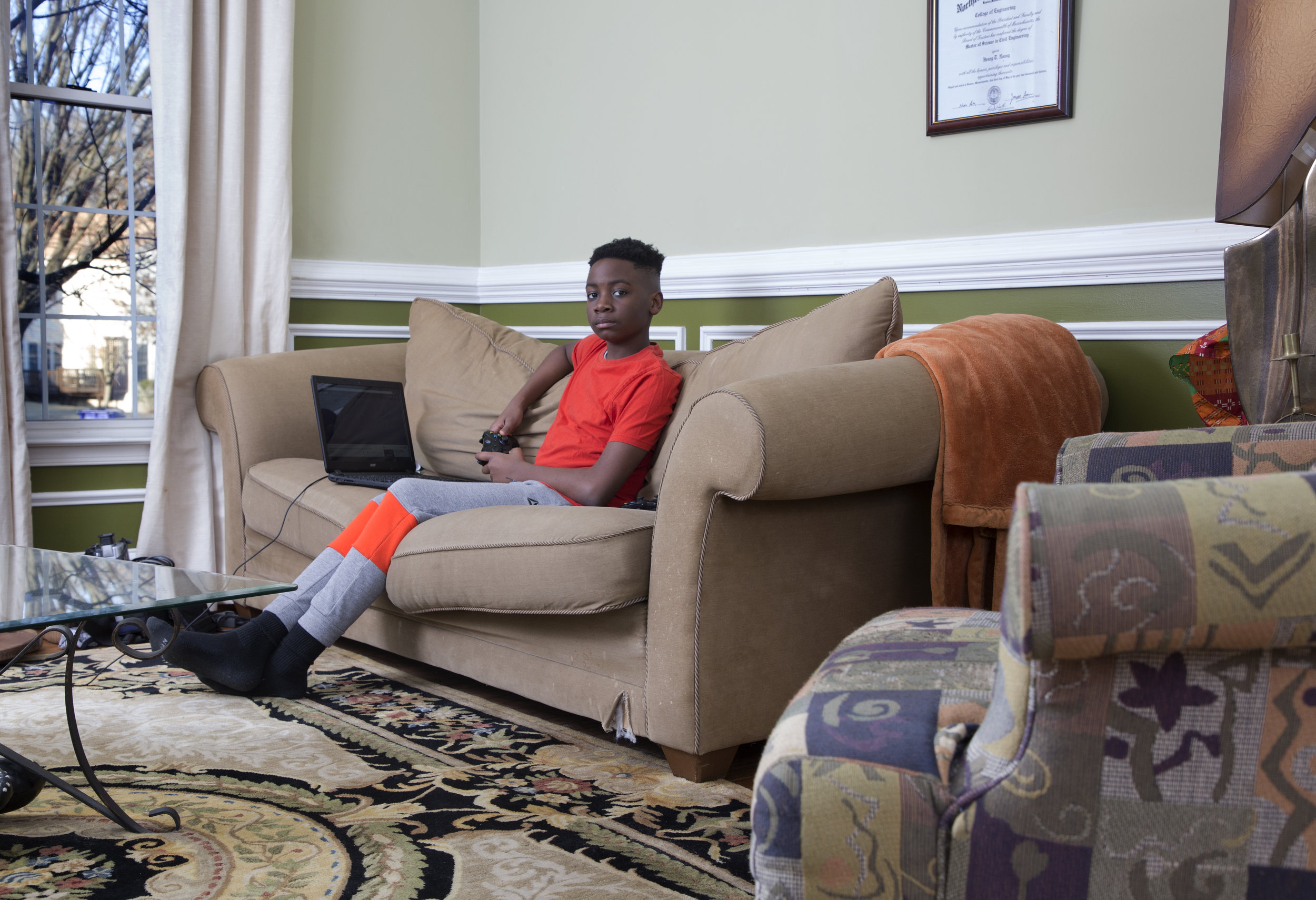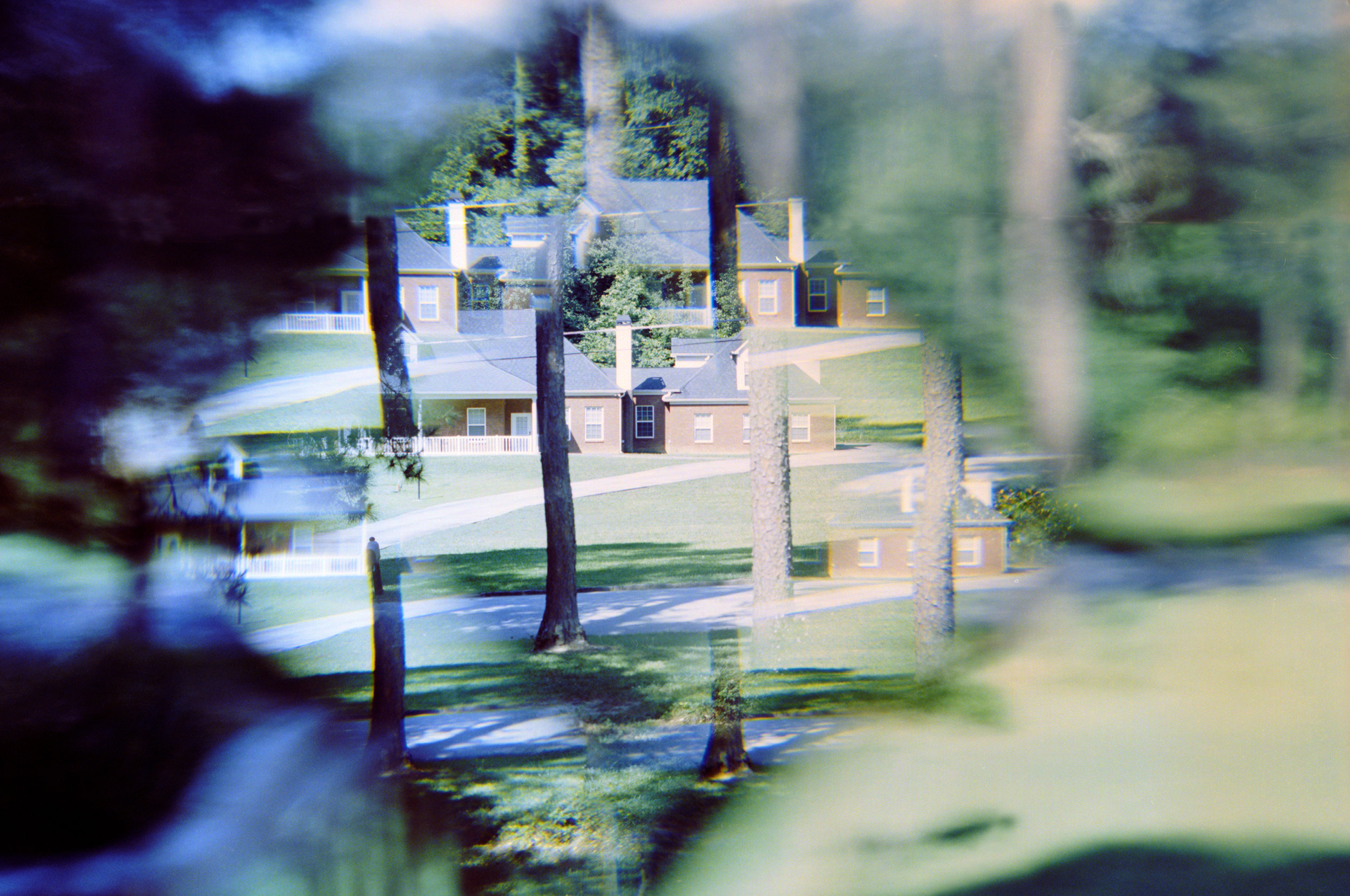Akea Brionne is a lens-based artist whose work investigates the implications of historical racial and social structures in relation to contemporary Black life in America. With a particular focus on the ways in which history influences the contemporary cultural milieu of the Black American middle class, she explores current political and social themes, as they relate to historical forms of oppression, discrimination, and segregation in American history.
Akea received the Visual Task Force Award from the National Association of Black Journalists. Her work is also featured in the Smithsonian's Ralph Rinzler Collection and Archives, and was recently acquired by the Los Angeles Center for Digital Art Collection. She was announced the 2018 Winner for Duke University’s Center for Documentary Arts Collection Award, as the 2018 Documentarian of Color. Her series, Black Picket Fences, was acquired for their permanent collection, and is on preserve at the David M. Rubenstein Rare Book & Manuscript Library. She was nominated for PDN's 30 (Photo District News) 2018: New and Emerging Photographers to Watch. Brown was also named a 2019 Sondheim finalist.
Additionally, Akea cofounded the Shades Collective, an interdisciplinary collective aimed at creating discussions around the realities of people of color within the arts and academia.
Akea received her BFA (2018) from the Maryland Institute College of Art, in the dual degree program of Photography and Humanities. She is originally from New Orleans, Louisiana and is currently based in Baltimore, Maryland.
Artist statement
My work investigates the implications of historical racial and social structures in relation to the development of contemporary black life and identity within America. With a particular focus on the ways in which history influences the contemporary cultural milieu of the American black middle class, I explore today's African American community, as it relates to historical forms of oppression, discrimination, and segregation in American history. In turn, this body of work became more focused and aims to highlight an often overlooked group in contemporary American culture: the black, suburban middle class. While this group has not been entirely forgotten, it is hard to define. For some, these photographs might be the first and most intimate form of contact or interaction they might have with a black household. My work (both photographic and written) is largely inspired by one central question: If the ethos of the suburban landscape is largely understood as an ideologically “white” space, how do we begin to discuss the paradox of the black suburb and the ways in which it challenges to concept of whiteness? It became important to think about the suburban landscape, not simply in terms of a continuous area, but as an object that has the ability to be altered and shaped to benefit those who inhabit it. Through examination of physical space as a manifestation of the privileges afforded by "racializing" one another, I've expanded to examine the overwhelming display of American pride in the landscape, and it's affect on the black psyche.


